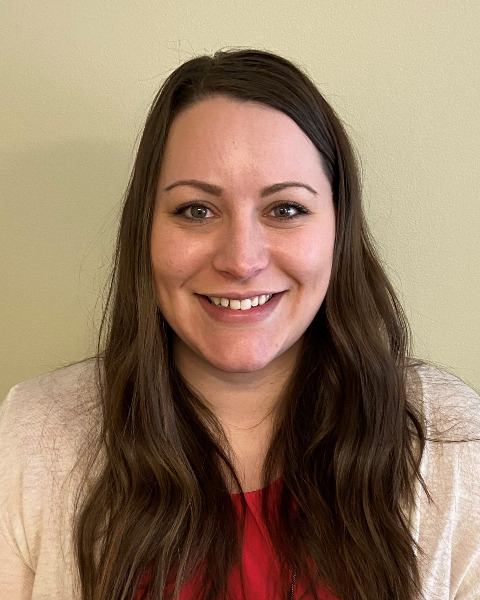Sleep / Wake Disorders
Efficacy of a single session virtual sleep intervention for college students
(PS13-D88) Efficacy of a Single Session Virtual Sleep Intervention for College Students

Emily M. Bartholomay, M.A.
Clinical Health Psychology Intern
West Virginia University
Morgantown, West Virginia- JH
Jessica Hinojosa, M.A.
Graduate Student
Southern Illinois University
Carbondale, Illinois - KB
Kristen Boog, Ph.D.
Postdoctoral fellow
Hurley Medical Center
Carbondale, Illinois - KF
Karla Fehr, Ph.D.
Associate Professor
Southern Illinois University
Carbondale, Illinois
Author(s)
Co-Author(s)
Poor sleep among college students is related to daytime dysfunction, lower academic performance, and worse mood (Becker et al., 2014; Herschner & Chervin, 2014; Sing & Wong, 2010). Despite rampant poor sleep and significant negative outcomes of poor sleep among college students, students may be limited in their knowledge of good sleep habits and/or access to sleep providers (Kloss et al., 2011). Thus, while effective sleep treatments exist (e.g., CBT-I; Muench et al., 2022), it is critical to adapt sleep interventions to be accessible and appropriate for use with college student populations. The aim of the current study was to determine the efficacy of two brief, virtual interventions to improve sleep among college students.
Participants were 70 college students, Mage = 20.29 years, SD = 5.67, who were randomly assigned to a control, education, or education plus behavior plan group. Most participants identified as female, 57.14%, and White, 68.57%. Participants in the two intervention groups received one sleep psychoeducation session focused on sleep hygiene from a graduate student clinician. Clinicians also helped participants in the education plus behavior plan group devise a behavior plan and problem-solve how to implement the psychoeducation provided. All participants completed self-report measures of sleep prior to the intervention session and one week following the intervention.
Two-way ANOVAs revealed a significant interaction of time and group on sleep knowledge, F (2, 67) = 6.24, p = .003, which indicated that sleep knowledge improved in both intervention groups over time compared to the control group. Main effects of time emerged for sleep habits, F(1, 67) = 13.33, p < .001, np2 = .17; sleep quality, F(1, 67) = 7.83, p = .007, np2 = .11; and sleep beliefs, F(1, 67) = 7.32, p = .009, np2 = .10. There was no main effect of time on sleepiness F(1, 67) = 2.53, p = .116, np2 = .04. Main effects of group and interactions between group and time were non-significant for sleep habits, sleep quality, sleep beliefs, and sleepiness.
Overall, the results of this study demonstrate the efficacy of a brief, virtual sleep intervention on sleep knowledge. The incorporation of a behavioral sleep plan did not yield improved sleep knowledge beyond that gained from the sleep psychoeducational intervention. Future research should target identification of barriers to implementation of helpful sleep habits and refine the intervention to more effectively promote good sleep among college students.

